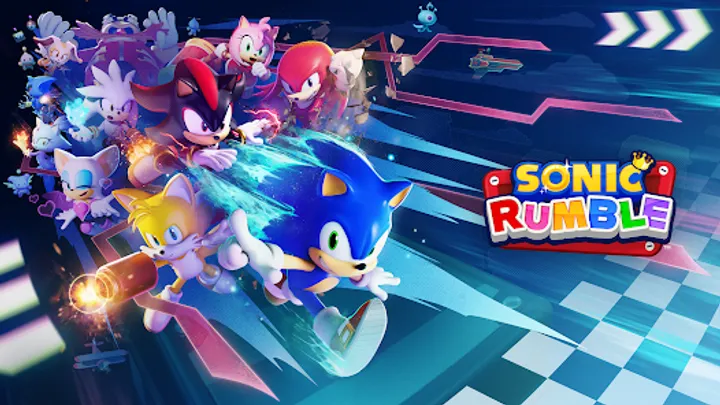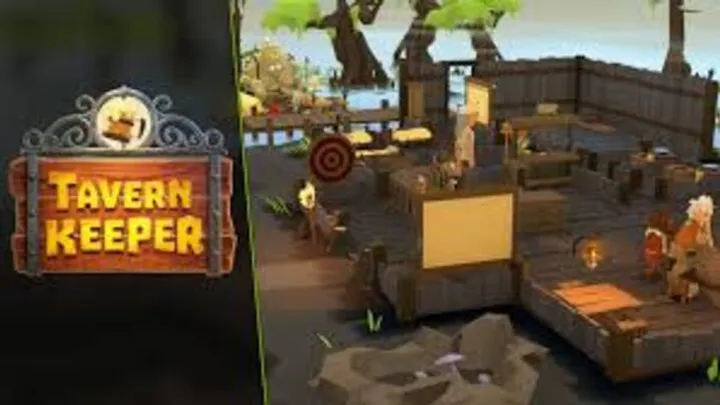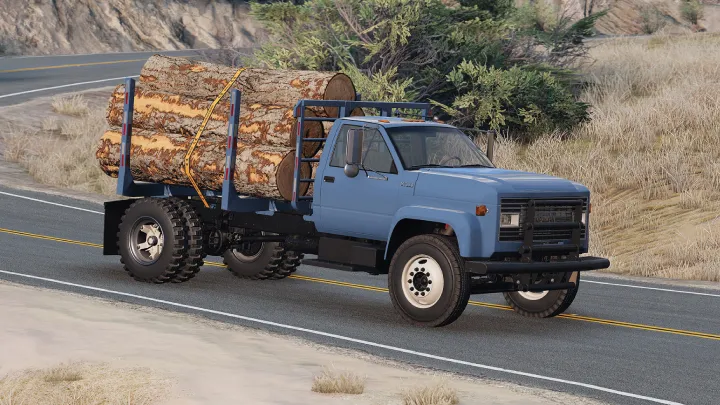🎮 Mastering Fortnite: An Expert's Comprehensive Guide to Victory Royale
Fortnite, a game that transcended its status as a mere battle royale to become a global cultural phenomenon, demands a nuanced and multi-faceted approach to achieve consistent success. This guide moves beyond the basics, offering a professional perspective on the mechanics, strategies, and mindset required to secure the elusive Victory Royale in the competitive landscape.

I. The Foundational Mindset: Settings and Optimization
Before stepping onto the Battle Bus, a true expert understands that performance begins with optimal configuration.
A. Hardware and Latency
- Frame Rate Consistency (FPS): Prioritize a stable, high Frame Per Second (FPS) count. For competitive play, a minimum of 144Hz monitor paired with hardware capable of maintaining 144+ FPS is non-negotiable. Stutters can cost critical seconds in build fights or snap aiming.
- Input Delay Reduction: Disable V-Sync and related smoothing features. Ensure your monitor and peripherals are set to their highest refresh/polling rates. For PC players, utilize low-latency settings like Performance Mode (if available) and minimize background applications.
B. Controller and Keyboard/Mouse Configuration
- Sensitivity & DPI: Finding the "Goldilocks" sensitivity is crucial. Experts often use an Effective DPI (eDPI), calculated as (Mouse DPI) x (In-game Sensitivity). A common competitive range is between 30,000 to 80,000 eDPI, favoring lower sensitivity for precision aiming.
- Controller Settings: Switch to Builder Pro (or equivalent custom binds) immediately. Master the use of Linear or Exponential sensitivity curves, understanding that Linear offers raw input for aggressive, close-range tracking, while Exponential provides smoother acceleration for long-range beams.
- Keybinds (PC): Optimize building binds to the most accessible and rapid keys (e.g., Q, E, F, Mouse Buttons). Minimize finger travel distance. Peace Control requires instantaneous access to all four building pieces (Wall, Floor, Ramp, Cone).
II. Advanced Movement and Positioning (Rotations)
Survival in Fortnite is a test of strategic movement, not just combat prowess.
A. Initial Drop Strategy
The initial drop is a high-stakes mini-game. An expert drop is not about the named location, but about optimal loot efficiency and zone prediction.
- High-Loot, Low-Traffic Zones (HL/LT): Identify un-named or fringe areas near the center of the first zone circle. These allow for maximized looting time with minimal early engagement.
- Bus Path Analysis: Drop points should be off the direct path of the Battle Bus, utilizing horizontal glide momentum for maximum distance. Master the art of 'S-Gliding'—a slight zig-zag motion for speed preservation.
- Verticality: Always land on the highest-priority weapon or chest immediately. Securing the high ground, even on initial landing, provides a significant advantage.
B. Zone Rotations and Storm Management
- 'Third-Partying' vs. 'First-Partying': Avoid being the initial aggressor ("First-Partying") unless you can secure a swift elimination. Position yourself to enter a fight as the third party, capitalizing on weakened opponents and already depleted resources.
- Early Rotations: Rotate early, especially in competitive play. Don't wait for the storm to force your hand. Move along the "dead side" of the zone (the side with the least anticipated traffic) to minimize confrontation.
- Utility Usage: Master mobility items (Launch Pads, Shockwave Grenades, Rift-To-Go) for rapid, unpredictable rotations. A successful late-game rotation is one that is hidden, silent, and uses the storm as a tool to cover your back.
III. The Art of Combat: Aim, Build, and Edit
Fortnite's combat is unique due to the build mechanic. Mastery requires seamlessly integrating shooting, building, and editing.
A. Expert Aiming Principles
- Crosshair Placement (Pre-Aiming): In any engagement, your crosshair should already be positioned where the enemy is expected to appear. This is especially true for angles and doorways—reduce the necessary mouse/stick movement to the final micro-adjustment.
- Shotgun Timing (Right-Hand Peek): Exploit the game's camera perspective. When peeking from the right side of a wall, your opponent sees less of your character model than when you peek from the left. This fraction of a second is often the difference between a hit and a miss.
- Tracking vs. Flicking:
- Tracking: Essential for SMGs and Assault Rifles. Practice keeping your crosshair locked onto a moving target.
- Flicking: Necessary for Pump Shotguns and Snipers. Train the muscle memory to quickly snap to the enemy's head/body when a building opportunity (like an edit window) briefly opens.
B. Advanced Building and Peace Control
"Piece Control" is the cornerstone of high-level Fortnite play—it is the act of controlling all available building pieces (walls, floors, cones) around an opponent to limit their movement and force a predictable shot.
TechniqueDescriptionStrategic Goal90s (Ninety Degrees)Rapidly building two walls and a ramp while jumping and turning 90 degrees to gain vertical height.Verticality: Out-build the opponent for the high-ground advantage.Double EditEditing a floor and a cone/ramp above you in one fluid motion to move quickly.Aggression/Mobility: Maintain momentum while ascending or breaching an opponent's box.Boxing/CrammingImmediately surrounding a damaged opponent with a wall, floor, and cone.Piece Control: Trap the enemy, eliminate escape routes, and set up a guaranteed close-range shot.Wall/Ramp ReplacementBreaking an opponent's existing wall and immediately placing your own wall and a ramp/cone inside.Initiation: Take control of the fight and force the enemy into a defensive corner.C. Efficient Editing
- Low Edit Delay: Practice instantly confirming edits. For PC players, use a separate key for Edit and a dedicated key for Confirm Edit (or use "Edit on Release" for controllers).
- Minimalist Edits: Only edit the minimum number of tiles required for a peek (e.g., a single corner window, or a top-side door edit). This exposes the least amount of your character model.
IV. Inventory Management and Loot Pool Mastery
A successful loadout is a reflection of a player's strategic intent.
A. The Optimal Loadout Template
While the loot pool changes, the category of weapons required for a versatile loadout remains constant.
- Slot 1: Close-Range Eliminator (Shotgun): Your primary weapon for Peace Control and Box Fighting. Must be ready for immediate use.
- Slot 2: Mid-Range Pressure (SMG/Assault Rifle): Used for breaking opponent builds, "spraying," and maintaining pressure.
- Slot 3: Utility/Mobility: Crucial for rotations, escape, and verticality (e.g., Shockwave Grenades, Grappler, Rift-To-Go).
- Slot 4: Primary Healing (Large Shield/Medkit): For full health/shield recovery after a major fight.
- Slot 5: Quick Healing (Small Shield/Fish/Bandages): For rapid top-offs during or between engagements.
B. Resource Management (Mats)
- Wood > Brick > Metal: Wood builds instantly but is weakest. Metal is the strongest but takes the longest to build. Always use Wood for rapid build-fights. Save Metal for late-game fortifications or securing high ground.
- The 500/500/500 Rule: Aim to carry approximately 500 of each material (Mats). Prioritize gathering materials throughout the early and mid-game, as a lack of mats is the fastest way to lose a late-game fight.
V. Late-Game & Endgame Execution (The Final Circle)
The final few circles separate the capable from the champions.
A. Positioning and High Ground
High ground is still king, but it is a temporary advantage.
- Risk vs. Reward: Gaining the highest build in the final circle is a high-risk move. It provides great visibility but exposes you to every opponent. Expert players often aim for the "mid-ground"—a position that allows you to shoot up at the high ground and down at the low ground without being completely isolated.
- Cone/Floor Strategy: Use cones and floors to block opponents from building up to you or to "cut off" their build paths, causing them to fall to their death or be delayed.
B. Utilizing Audio Cues
In the endgame, audio is your most reliable intelligence.
- Directional Footsteps: High-quality headphones are essential. Be able to distinguish footsteps from different directions and floors.
- Build Sounds: The sound of an opponent placing a build is a call to action. It tells you exactly where they are and whether they are panicking or establishing a new position. Use the Visualized Sound Effects setting to aid in identifying distant threats.
C. Decision Making (W-Keying vs. Holding)
- "W-Keying" (Aggression): Only push aggressively if you have a significant advantage (e.g., a huge shield break, piece control, or mat advantage). A calculated push is better than a mindless one.
- "Holding" (Defensive): Hold your position if the circle is collapsing or if you are low on resources. Prioritize survival and placement points.
Fortnite is an ever-evolving game. To maintain an expert level, one must consistently adapt to new weapons, map changes, and meta shifts. By integrating these foundational mechanics, aggressive piece control, and strategic rotations, any dedicated player can elevate their performance from novice to consistently competing for the Victory Royale.
Would you like me to elaborate on a specific section, such as Advanced Piece Control Techniques, or provide tips for a particular game mode (e.g., Zero Build)?


















